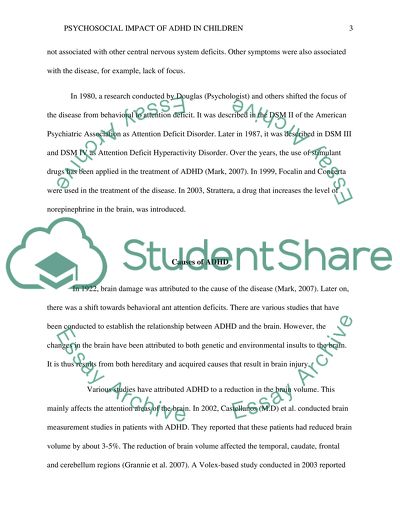Cite this document
(“Psychosocial Impact of Attention Deficit Hyperactivity Disorder in Essay”, n.d.)
Retrieved from https://studentshare.org/health-sciences-medicine/1397908-psychosociol-impact-of-adhd-in-children
Retrieved from https://studentshare.org/health-sciences-medicine/1397908-psychosociol-impact-of-adhd-in-children
(Psychosocial Impact of Attention Deficit Hyperactivity Disorder in Essay)
https://studentshare.org/health-sciences-medicine/1397908-psychosociol-impact-of-adhd-in-children.
https://studentshare.org/health-sciences-medicine/1397908-psychosociol-impact-of-adhd-in-children.
“Psychosocial Impact of Attention Deficit Hyperactivity Disorder in Essay”, n.d. https://studentshare.org/health-sciences-medicine/1397908-psychosociol-impact-of-adhd-in-children.


